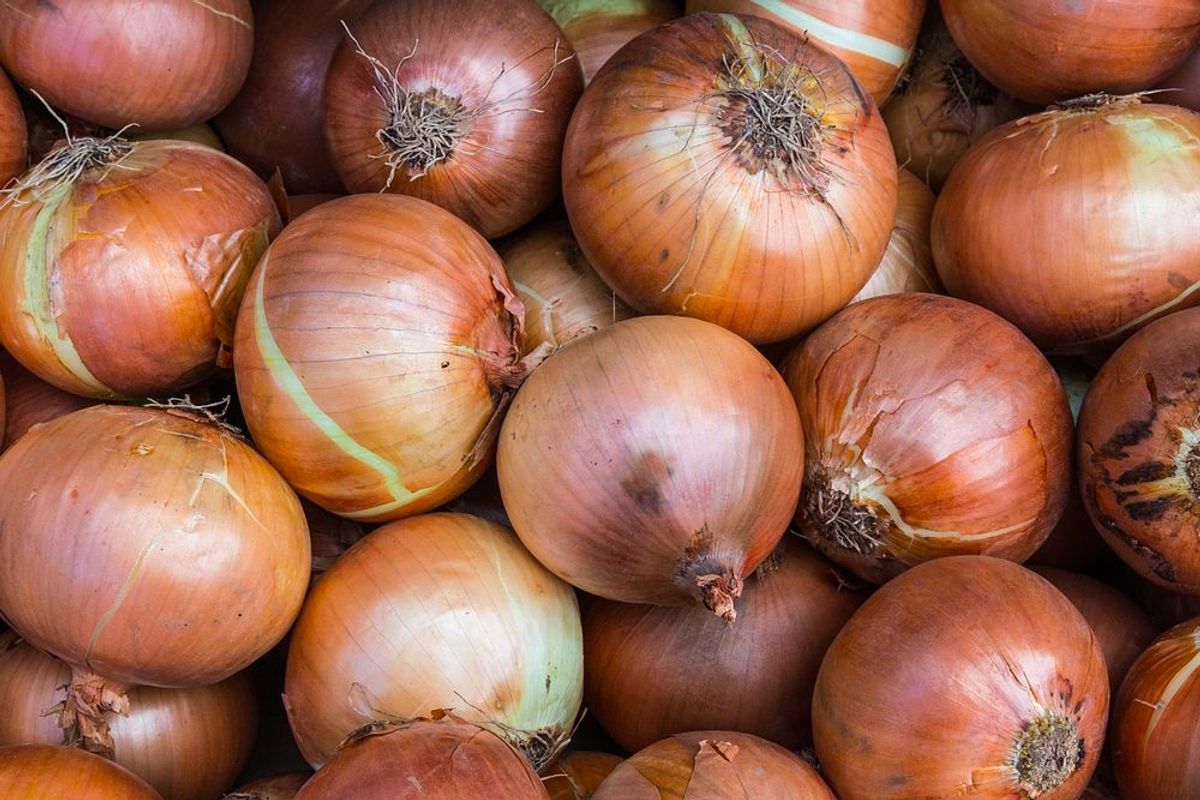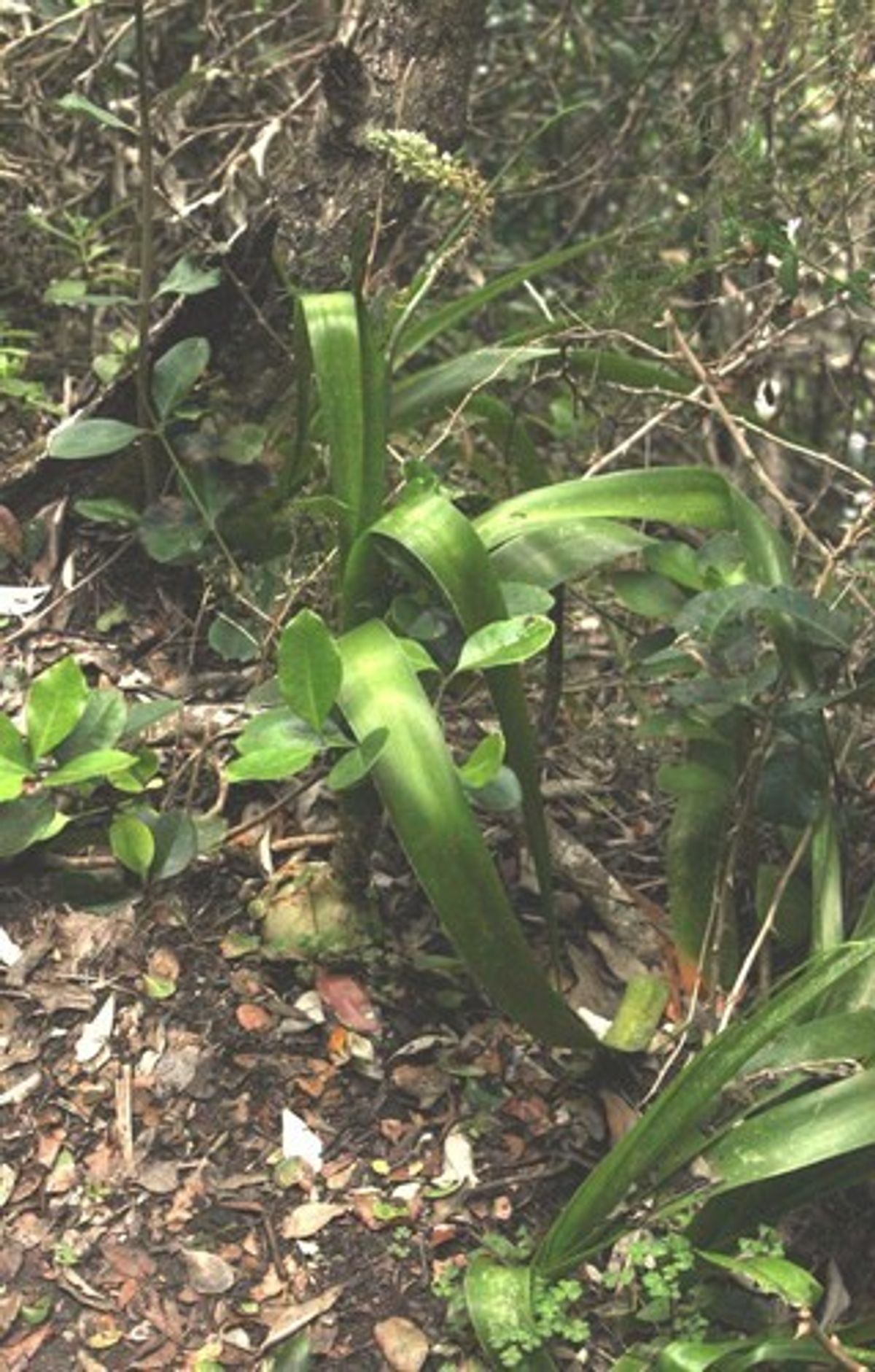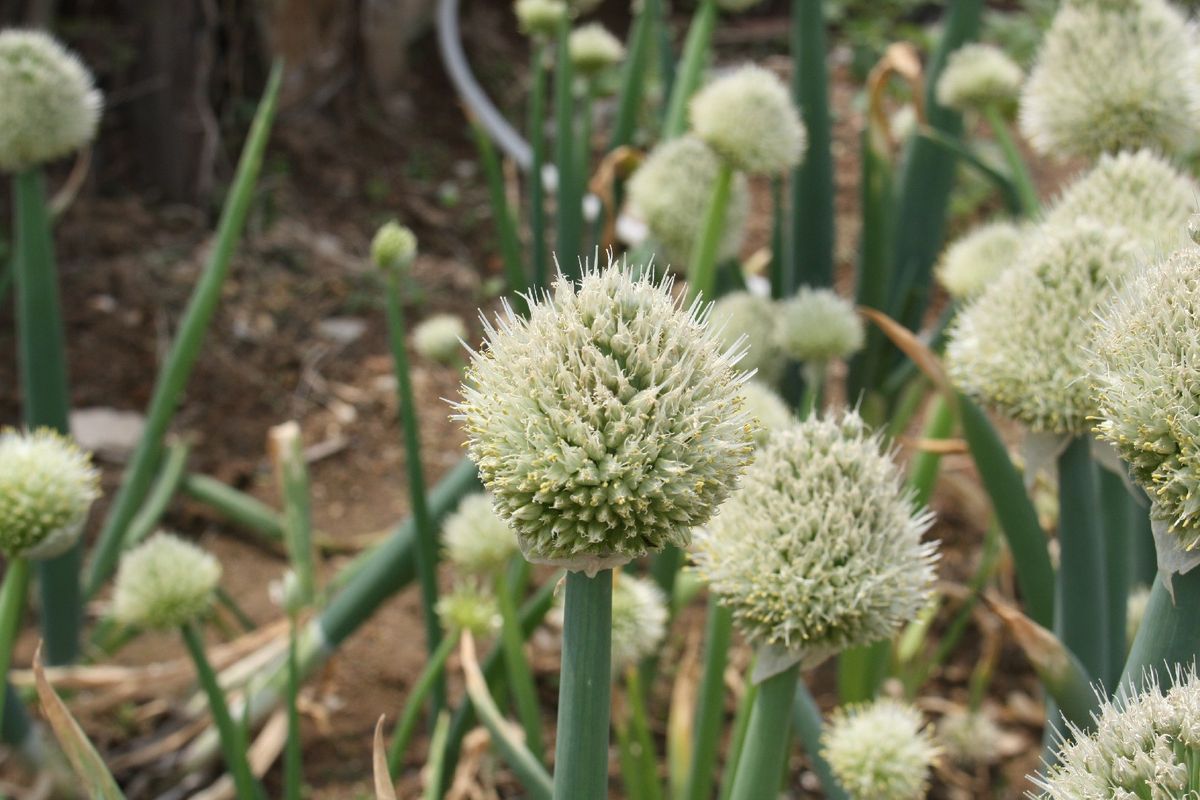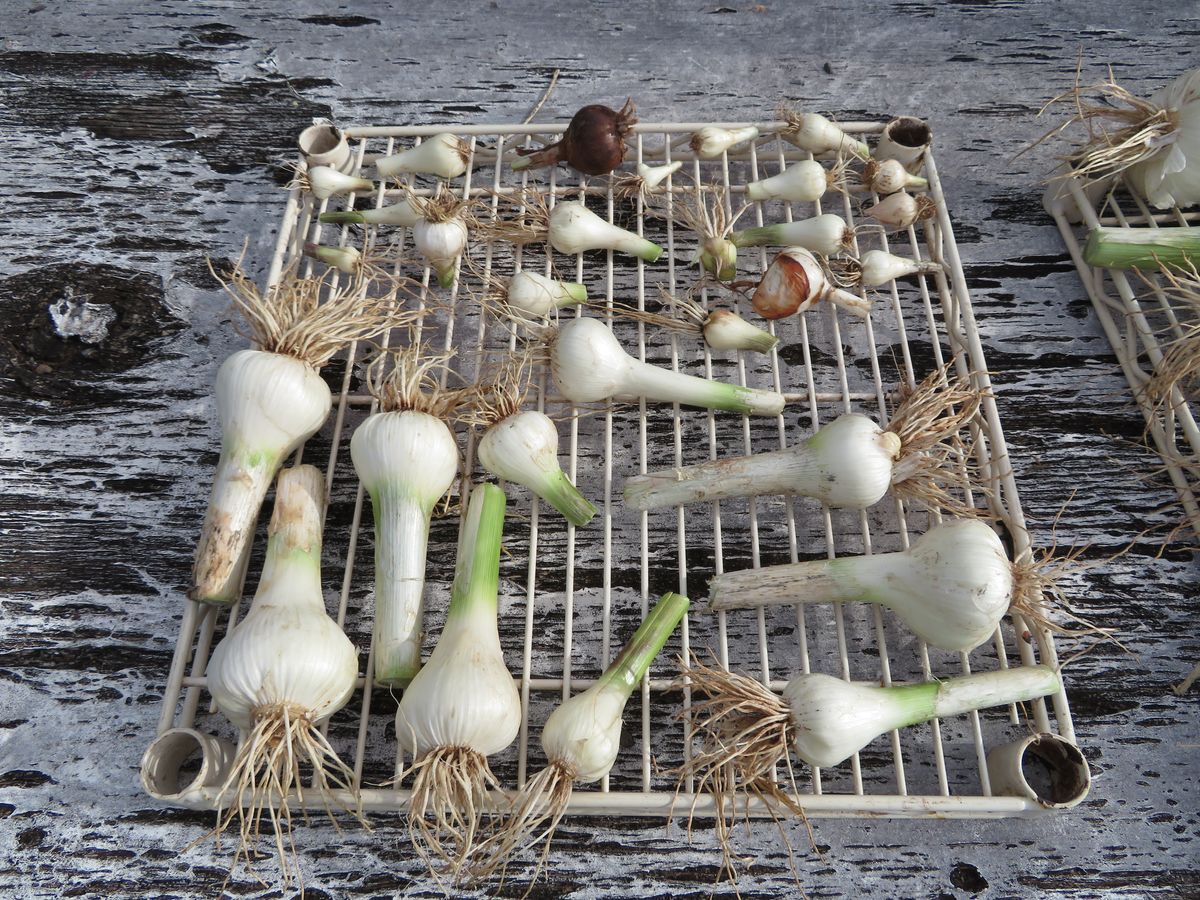As an onion farmer, achieving a bountiful onion harvest requires a combination of knowledge, skills, and strategic techniques. From regional variety selection to pest management, each step plays a crucial role in the success of your onion crop. Here are 5 expert tips to help you raise a bountiful onion harvest:
Table of Contents
Key Takeaways
- Connect with established onion farmers for valuable insights and tips on planting windows and regional rhythms.
- Choose the correct onion variety for proper bulb development.
- Enhance soil fertility with organic materials like compost or manure.
- Space onion sets 2-5 inches apart for optimal growth.
- Maintain adequate watering and implement pest management strategies to ensure a successful onion harvest.
1. Regional Variety Selection to Raise a Bountiful Onion Harvest

Selecting the right onion variety for your region is crucial for a bountiful harvest. Research your chosen variety’s specific temperature and day length requirements to ensure it aligns with your local climate. For instance, the Bombay Red and other hybrid varieties thrive in areas with longer daylight hours, while the Red Creole (OPV) may have different needs.
In Kenya, understanding the regional rhythms is key. The country experiences two main rainy seasons, the long rains (March-May) and the short rains (October-December), but the ideal planting window varies across regions due to microclimates and altitude.
Here’s a quick guide to help you decide when to plant:
- Eastern Highlands: Short rains are preferable for “short-day” varieties.
- Rift Valley: Both “long-day” and “short-day” varieties can do well during the short rains.
- Central Highlands: Opt for early-maturing, “short-day” varieties during the long rains.
Remember, the first vegetables to start from seed indoors are the onions and shallots. This early start is essential for a successful crop.
Consult local agricultural resources, especially in emerging regions like Taita Taveta County, to get specific planting recommendations based on unique microclimates.
2. Tips Soil Fertility Enhancement

Enhancing soil fertility is crucial for a bountiful onion harvest. Incorporate organic soil amendments such as compost, manure, or bone meal to increase nutrient availability and improve soil structure. These amendments not only provide essential nutrients but also foster a healthy soil ecosystem.
Mulching is another effective technique for improving soil fertility. Apply a layer of organic mulch, such as wood chips or straw, around your plants to suppress weeds, retain moisture, and regulate soil temperature. As the mulch breaks down, it adds organic matter to the soil, enriching its nutrient content.
To promote soil health, consider using cover crops in the off-season. These crops protect the soil from erosion, improve soil structure, and can fix nitrogen, a vital nutrient for onions.
Inoculating your soil with beneficial microbes is also beneficial. Products like compost tea or microbial inoculants introduce beneficial microorganisms that aid in organic living soil maintenance, helping your onions to thrive.
3. Tips Optimal Plant Spacing to Raise a Bountiful Onion Harvest

Achieving a bountiful onion harvest hinges on optimal plant spacing. Onions need ample room to expand their roots and grow large, flavorful bulbs. The spacing between plants is a critical factor that can significantly influence the size and quality of your onion harvest.
- Proper spacing reduces competition for nutrients and light, ensuring each onion has the resources it needs to thrive.
- It also facilitates good air circulation, which is essential in preventing fungal diseases.
Here’s a simple guide to onion spacing:
- For small to medium bulbs, space onion sets about 2-4 inches apart.
- For larger bulbs, increase the spacing to 4-6 inches.
Remember, the key to a successful onion crop is not just the spacing itself, but the consistency of that spacing across your garden.
By adhering to these spacing guidelines, you can help ensure that each onion has enough soil to grow without being hindered by its neighbors. This simple step is a cornerstone of successful onion cultivation and sets the stage for a healthy, robust harvest.
4.Adequate Watering Techniques

Achieving a bountiful onion harvest requires not just meticulous soil preparation and the selection of high-yield varieties, but also mastering the art of adequate watering. Proper hydration is crucial from the seedling stage to full maturity. For seedlings, the goal is to maintain a consistent moisture level without causing waterlogging. A practical approach is to water from the bottom, allowing the soil to absorb moisture evenly.
- Water seedlings by placing the tray in a shallow tray of water.
- Use a spray bottle or misting system for a gentle application.
- Monitor moisture levels and adjust watering frequency as needed.
As onions grow, their water needs increase, yet it’s vital to avoid excessive moisture on the soil surface. Consistency in watering is the secret to healthy growth. To conserve water and promote efficiency:
Mulch garden beds to retain moisture. Water deeply and less frequently to foster deep root growth.
Remember, the right watering techniques not only support plant health but also contribute to maximizing onion yield.
5. Pest Management Strategies

Effective pest management is crucial for a bountiful onion harvest. Embrace natural pest control methods to maintain a healthy garden ecosystem. Use companion planting to attract beneficial insects, such as ladybugs and lacewings, which prey on common garden pests. Additionally, consider introducing predator insects or using physical barriers like row covers and netting to protect your plants.
Organic gardening emphasizes the avoidance of synthetic pesticides. Instead, it relies on methods like mulching, hand-pulling weeds, and using organic sprays. Companion planting not only enhances soil fertility but also encourages natural predators to thrive.
For a structured approach to pest management, consider the following techniques:
- Introduce beneficial insects to control pest populations.
- Use physical barriers to protect plants, especially young seedlings.
- Implement organic foliar sprays for nutrient boosts and pest control.
- Manage weeds with organic methods such as mulch or vinegar sprays.
I hope you liked the topic. Do not forget to share with friends. Thank you
You may also like
Cultivating Zucchini: Tips for a Successful and Abundant Harvest
Step-by-Step to Growing Bell Peppers in Your Garden
Mastering the Art of Growing Carrots: Tips for a Bountiful Harvest


